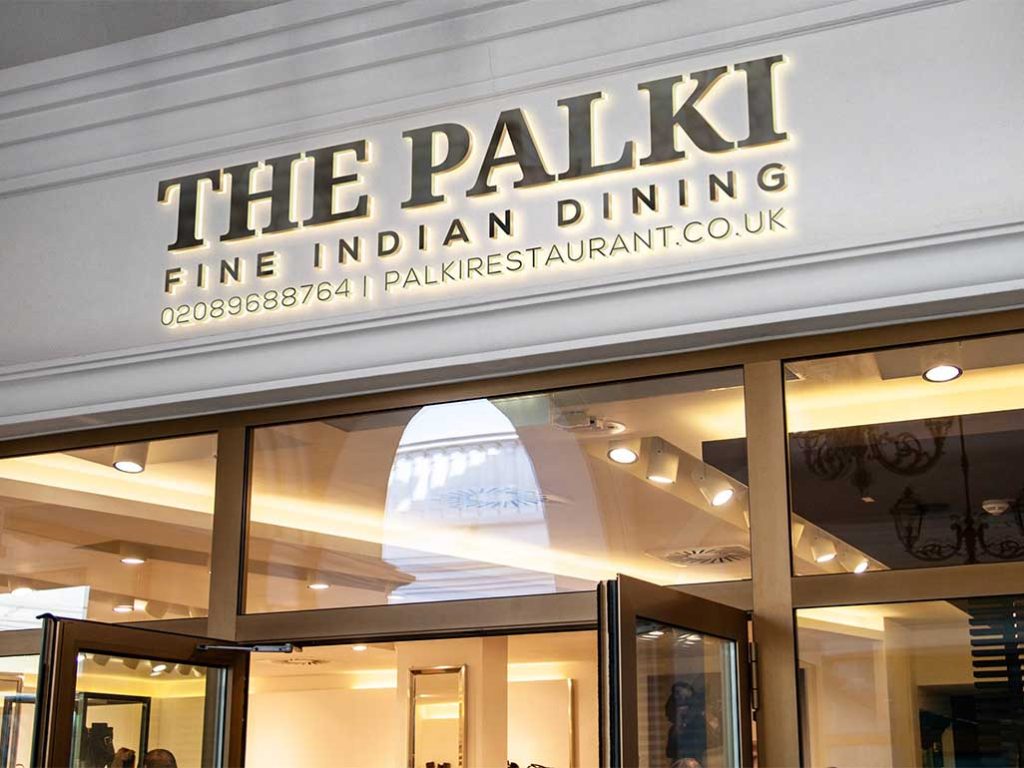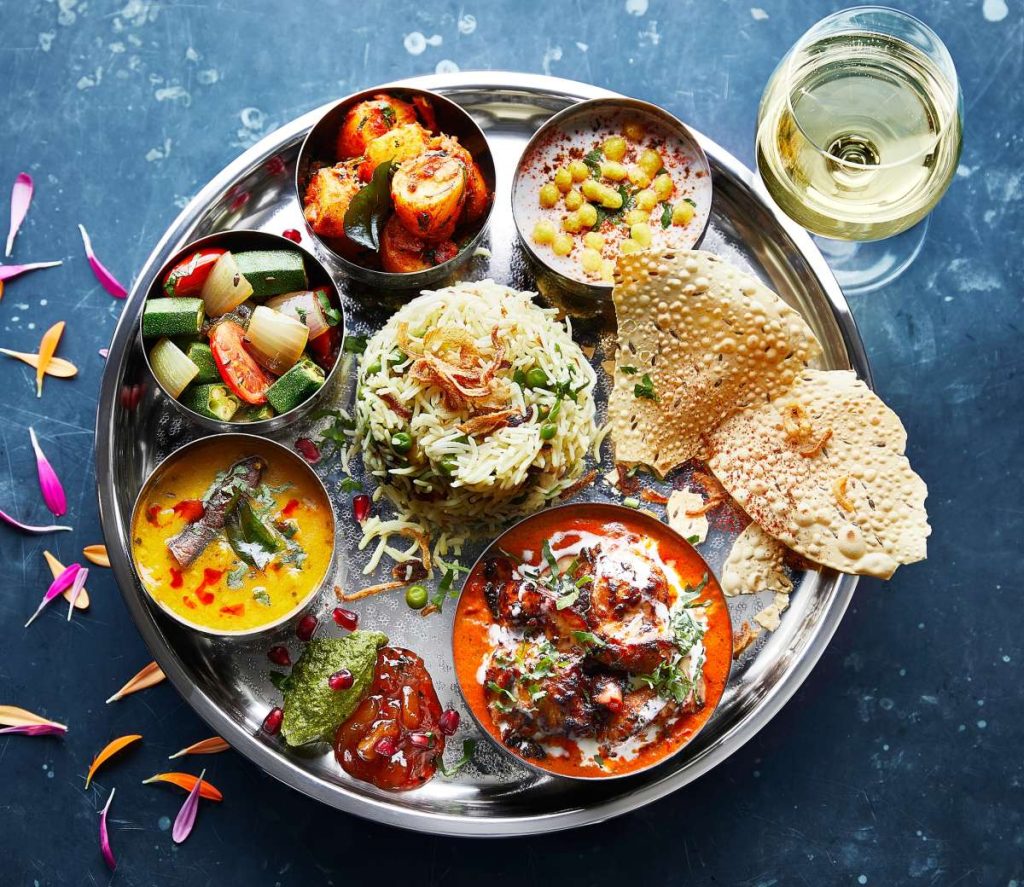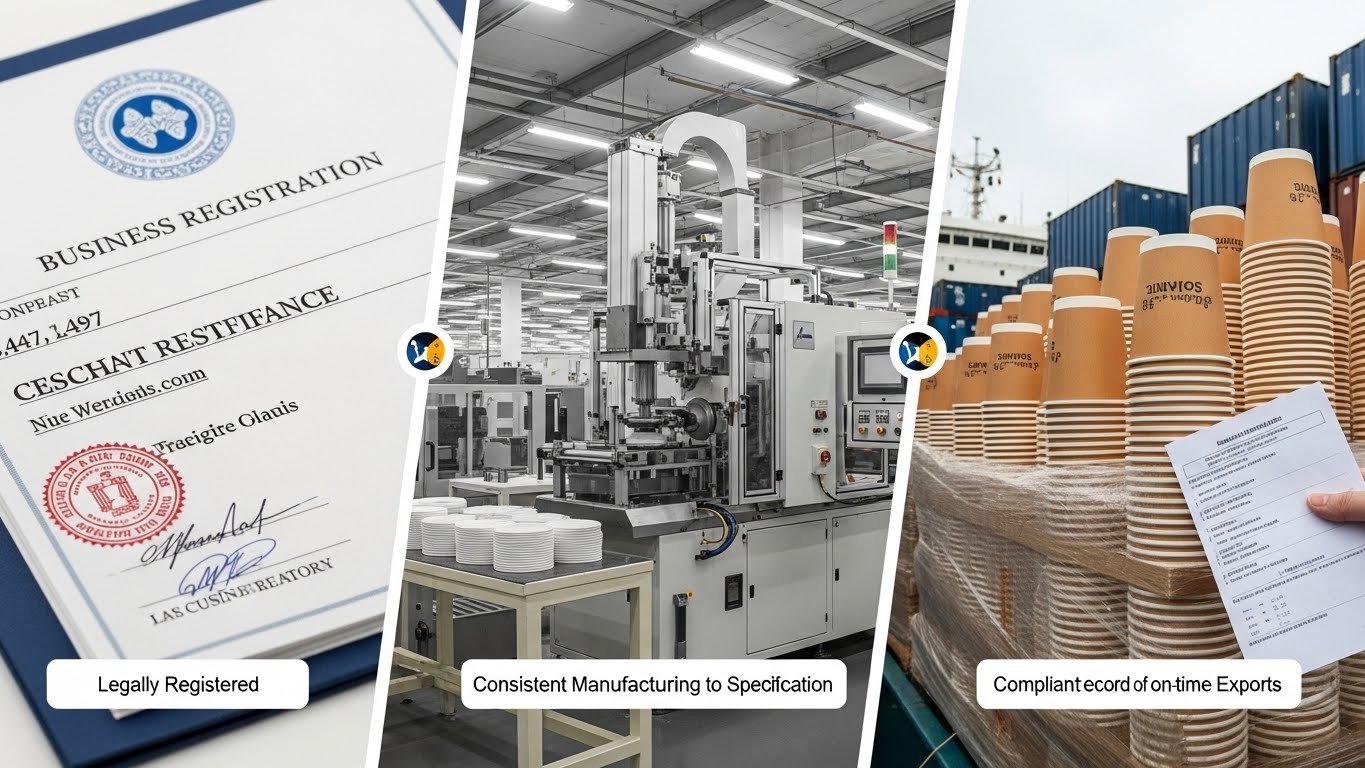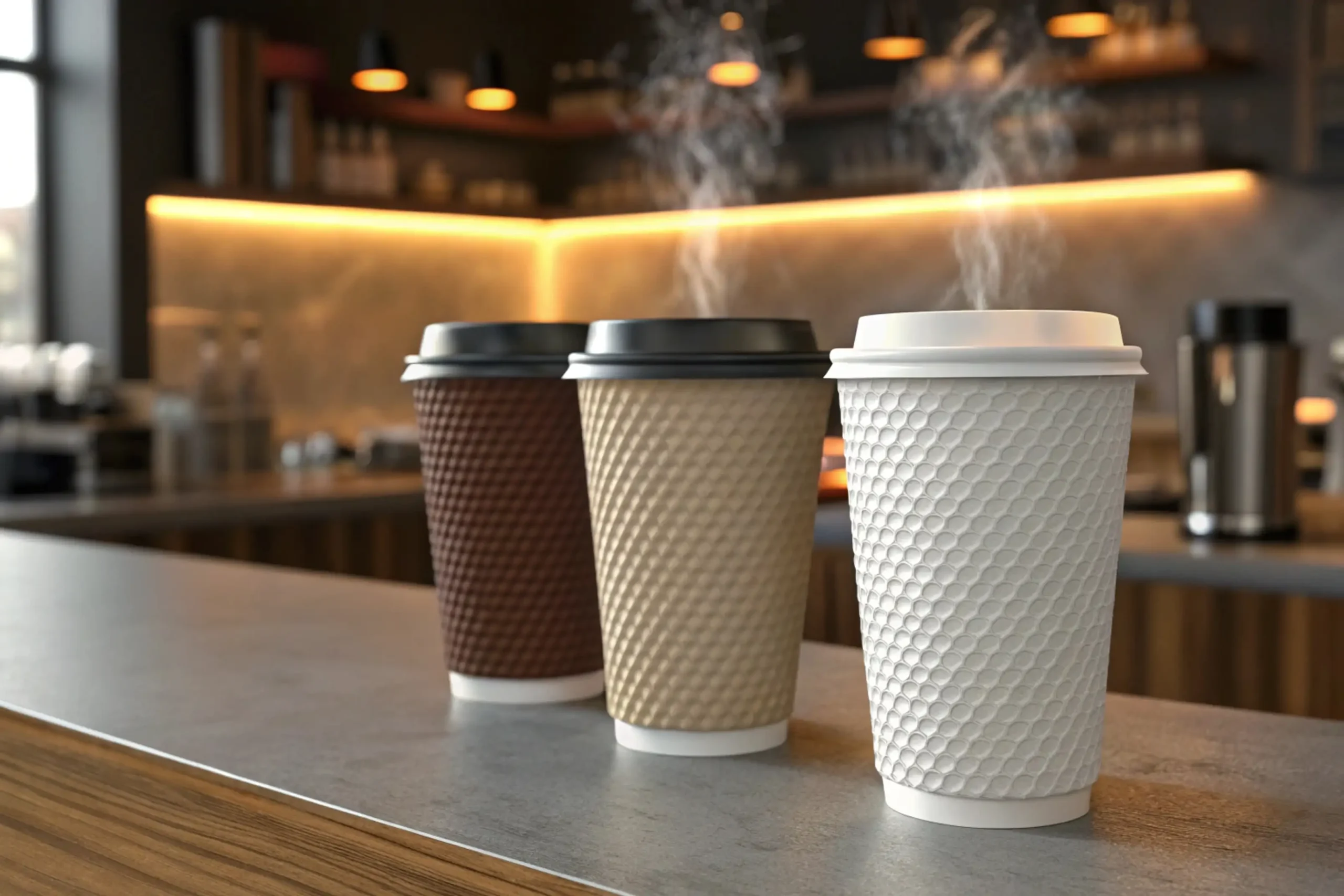In today’s fast-paced world, the demand for takeaway food in UK, especially Indian cuisine, is on the rise. As people opt for the convenience of enjoying their favorite dishes in the comfort of their homes, the need for sustainable packaging solutions becomes paramount. According to a 2022 Just Eat survey, Indian takeaway ranks second in the UK, trailing only behind Italian.
London, UK has a thriving Indian restaurant scene with over 12,000 Indian restaurants, colloquially known as “Curry restaurants.” Chicken Tikka Masala is a famous dish, and there are eight Michelin Star Indian restaurants in London. The city also celebrates National Curry Week annually in October.
The aroma of freshly cooked Indian food is irresistible, but maintaining its warmth during takeaway has long been a challenge. Traditional packaging often falls short in preserving the heat of these flavorful dishes. As the popularity of takeaway continues to soar, the environmental impact of packaging materials cannot be ignored.
This article explores the challenges posed by traditional packaging, the growing demand for eco-friendly alternatives, and innovative solutions to keep Indian food hot during transit.

Challenges with Traditional Packaging in Indian Food
One of the primary challenges with traditional packaging lies in its inability to effectively retain the temperature of the food. Indian dishes, known for their rich and diverse flavors, lose their appeal when served lukewarm. Additionally, the environmental repercussions of commonly used packaging materials contribute to the urgency of finding eco-friendly alternatives.
1. Temperature Retention Issues
Indian cuisine is renowned for its diverse range of flavors and textures, often best enjoyed when served hot. Traditional packaging struggles to maintain the desired temperature during transit, leading to lukewarm or cold food upon delivery. This compromises the overall dining experience, as the warmth is integral to the sensory enjoyment of many Indian dishes.

2. Loss of Aroma and Freshness
Aromatic spices play a pivotal role in Indian cooking, and the distinct fragrance of these spices contributes significantly to the overall appeal of the cuisine. Unfortunately, traditional packaging fails to contain these enticing aromas, resulting in a loss of freshness. The lack of aromatic richness diminishes the authenticity and satisfaction derived from the meal.
3. Moisture and Condensation
Traditional packaging materials often inadequately address the issue of moisture retention. Indian dishes, with their rich sauces and gravies, are particularly susceptible to moisture-related problems. Condensation within the packaging can lead to a loss of texture and flavor, making the food less appetizing upon arrival.
4. Environmental Impact
Conventional packaging materials, such as plastic and Styrofoam, contribute significantly to environmental pollution. The widespread use of non-biodegradable materials in traditional packaging raises concerns about sustainability and aligning with eco-friendly practices. As consumers become more environmentally conscious, the negative impact of traditional packaging on the planet becomes a pressing issue.
5. Inadequate Portion Control
Traditional packaging methods may not always provide optimal portion control for Indian dishes. Improperly sized containers can lead to spillage, leakage, or compacting of the food, detracting from the visual appeal and potentially altering the taste and texture of the dishes.

6. Limited Customization Options
Indian cuisine encompasses a wide array of dishes, each with its unique presentation and serving requirements. Traditional packaging options may not offer the flexibility needed to accommodate various types of Indian food adequately. This limitation can result in a one-size-fits-all approach that doesn’t align with the diversity of Indian culinary offerings.
7. Lack of Visual Appeal
The visual presentation of Indian food is an integral part of the dining experience. Traditional packaging, often opaque or lacking in aesthetic appeal, may fail to showcase the vibrant colors and intricate details of the dishes. This diminishes the overall visual allure and can impact the perceived quality of the food.
Key Considerations for Sustainable Takeaway Packaging
1. Insulation Materials for Heat Retention
Selecting appropriate insulation materials is paramount to ensuring that the warmth of Indian food is maintained during transportation. Insulation that effectively retains heat helps overcome one of the significant challenges faced by traditional packaging. Innovations in thermal insulation technologies, such as biodegradable and recyclable materials, offer promising options for sustainable solutions.

2. Eco-Friendly Packaging Options
Explore packaging materials that align with eco-friendly practices. Opt for biodegradable, compostable, or recyclable options that have a minimal impact on the environment. Materials like bamboo, sugarcane, and recycled paper present viable alternatives to traditional plastics and Styrofoam. Choosing sustainable materials contributes to reducing the carbon footprint associated with takeaway packaging.
3. Compatibility with Different Indian Dishes
Consider the diverse nature of Indian cuisine when selecting sustainable packaging. Ensure that the chosen materials are compatible with various dishes, from saucy curries to dry snacks. Customized packaging solutions that cater to the specific needs of different types of Indian food help maintain the integrity of each dish and enhance the overall customer experience.
4. Compliance with Food Safety Standards
Adhering to food safety standards is non-negotiable, even when transitioning to sustainable packaging. Ensure that the chosen materials meet regulatory requirements to guarantee the safety and well-being of consumers. Collaborate with suppliers who provide certified sustainable packaging options, demonstrating a commitment to both safety and environmental responsibility.
5. Durability and Sturdiness
Address concerns about the durability of sustainable packaging materials. Contrary to common misconceptions, many eco-friendly materials are designed to be robust and sturdy, offering durability comparable to traditional options. Investing in durable packaging ensures that the containers withstand the rigors of transportation without compromising on the quality of the food inside.

6. Visual Appeal and Brand Image
Sustainable packaging doesn’t have to sacrifice visual appeal. Consider packaging designs that showcase the vibrant colors and visual richness of Indian dishes. Thoughtful and visually appealing packaging enhances the overall perception of the food and contributes positively to the brand image. Customers appreciate a commitment to sustainability without compromising on aesthetics.
7. Cost Considerations
While the initial investment in sustainable packaging may seem higher, evaluate the long-term cost-effectiveness. Factor in potential savings from reduced environmental impact, customer loyalty, and positive brand image. Additionally, explore any financial incentives or support programs available for businesses adopting sustainable practices to offset initial costs.

8. Packaging Customization Options
Look for packaging solutions that offer customization options to meet the specific needs of your business. Whether it’s bespoke sizes for different dishes or personalized branding, customization enhances the overall presentation and distinguishes your brand in the competitive food delivery market.
Innovative Solutions for Keeping Indian Food Hot
1. Layered Insulation for Temperature Control
Utilize packaging with layered insulation to ensure the retention of heat. This is crucial for preserving the warmth and flavors of Indian dishes during transit. Consider materials with excellent thermal properties to create a reliable barrier against temperature loss.
2. Partitioned Containers for Mixed Dishes
Opt for partitioned containers that allow the segregation of different dishes. This not only prevents flavors from blending but also maintains the visual appeal of each item. Customizable compartments cater to the diversity of Indian cuisine, accommodating curries, rice, and snacks without compromising quality.

3. Eco-Friendly Materials for Sustainability
Prioritize eco-friendly packaging materials like bamboo, sugarcane, or recycled paper. These materials are biodegradable, compostable, or recyclable, aligning with sustainable practices. Communicate the use of these materials to your customers, showcasing your commitment to environmental responsibility.
4. Transparent Packaging for Visual Appeal
Choose transparent packaging for items where visual appeal is crucial, such as curries and colorful desserts. This allows customers to see the vibrant colors and enticing presentation of the dishes, enhancing the overall dining experience even before they open the container.

5. Customizable Packaging for Branding
Consider customized packaging that reflects your brand identity. This could include branded logos, colors, and taglines. A distinctive and recognizable packaging design not only reinforces brand awareness but also contributes to a more professional and appealing presentation.
6. Secure Closures to Prevent Leaks
Ensure that packaging provides secure closures to prevent leaks or spills. Indian dishes often come with flavorful sauces and gravies, and a tight and secure closure is vital to maintaining the integrity of the food and preventing any mess during transportation.
7. Portion Control for Consistency
Implement portion control measures to maintain consistency in the quantity of food served. This not only helps in managing costs but also ensures that customers receive a satisfying and standardized portion size, contributing to a positive dining experience.

8. Interactive Packaging for an Engaging Experience
Create packaging that offers an interactive experience for customers. For example, packaging that doubles as a plate or includes compartments for condiments enhances the overall experience and convenience for the consumer.
9. Branded Seals for Freshness Assurance
Use branded seals on packaging to assure customers of the freshness and integrity of their food. These seals can serve as a visual indicator that the package has not been tampered with, instilling confidence in the quality of the delivered items.
10. Recyclable Packaging Labels
Clearly label recyclable elements on the packaging. Inform customers how to correctly dispose of the packaging materials to encourage responsible recycling practices.
Order Your Indian Food with Takeaway Packaging!
Implementing these best practices in Indian takeaway packaging ensures that your customers not only receive their favorite dishes in optimal condition but also enjoy a well-rounded and delightful experience that extends beyond the flavors of the food.
Get your free custom packaging quote today. Let us elevate your brand with the perfect curry packaging!






